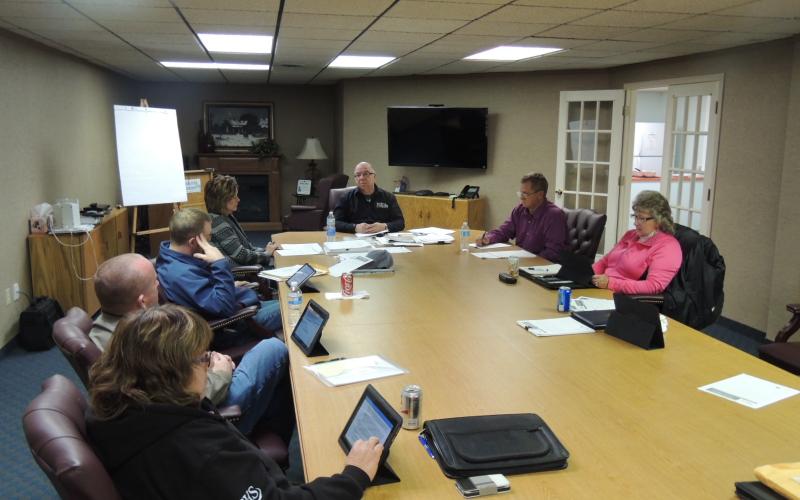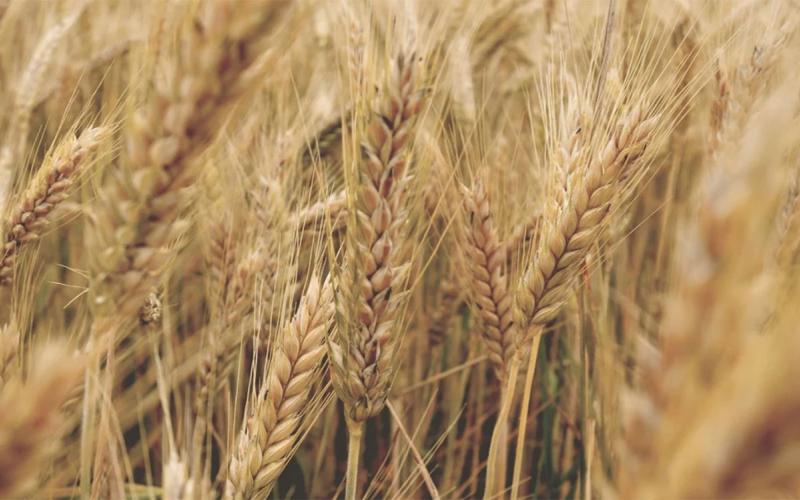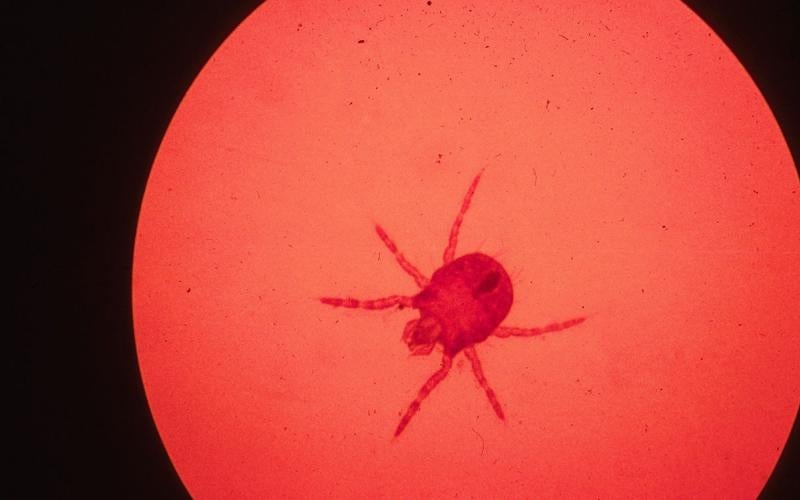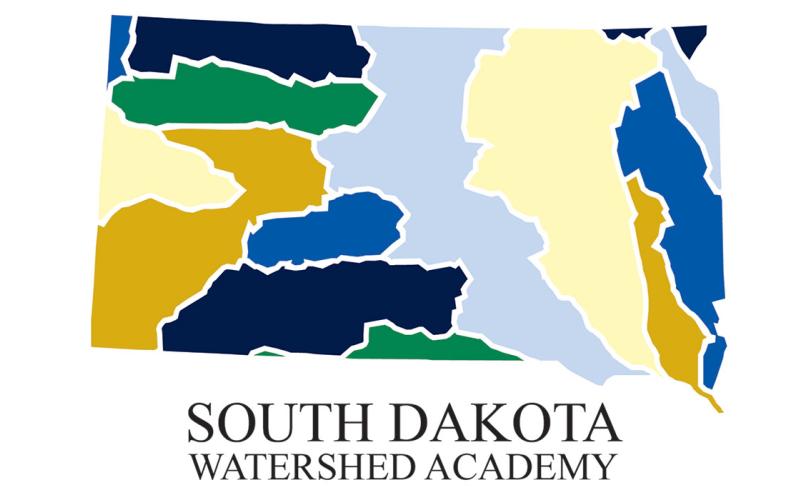Search

Tale of Two Watersheds
See the difference that cover crops and a no-till cropping system can have on watersheds when high winds and heavy rains impact our region. The difference in the amounts of run-off water is astounding!

Board Development: Elected & appointed services
SDSU Extension can provide what is called situational leadership program design. The Community Vitality Team will analyze the situation that the board is in and determine what training might be appropriate.

SDSU Extension 33rd Annual Winter Wheat Meeting To Be Held August 24
August 19, 2022
SDSU Extension, in collaboration with the Jones County Crop Improvement Association, will host the 33rd Annual Winter Wheat Meeting in Draper, South Dakota, on August 24 at 6:30 p.m. CDT.

What To Do About Chiggers
Chiggers are a persistent summer arthropod pest that many people want to get rid of in their lawns. While it is understandable that people want to eliminate them, the best defense against chiggers is being prepared before going outside.

Swath Grazing
Swath grazing can be utilized with various crops and can improve utilization of the crops for feed, while decreasing fuel, harvest and feeding costs and also improving soil health.

Effective Meeting Communication Begins With the Principles
Does every meeting require guiding principles? Probably not; however if you have a group of people who haven’t worked together before, it can help to determine expectations at a meeting.

SDSU Extension Hosts First South Dakota Watershed Academy
SDSU Extension recently hosted the South Dakota Watershed Academy at the Oak Lake Field Station. The workshop was designed and organized in consultation with USDA Natural Resources Conservation Service to provide information on water resources regulation and monitoring.

Cut Flowers on Campus: 2022 Zinnia and Snapdragon Trial Overview
The Lang Lab at South Dakota State University is currently working to increase research and support for South Dakota's cut flower farmers. Learn about their recent trial that examined popular cultivars of zinnias and snapdragons.

Wait, These Wasps Were Here the Whole Time?
Wasps receive attention no matter the time of year, but they are especially noticeable in late summer and early fall. Learn some expert tips for identifying and managing different types of wasps in your home and garden.

Five Range Management Principles: #4 Residual Forage
Residual forage is the amount of green leaf left after a grazing event. Understanding its importance can help producers capitalize on the symbiotic relationship that occurs when soil health is front and center on rangelands.